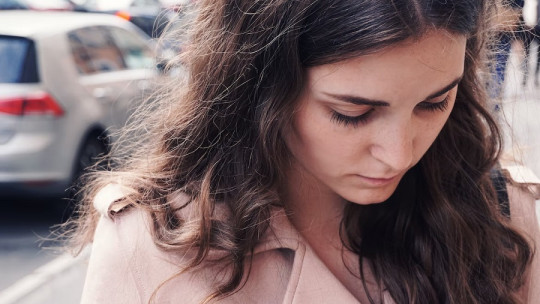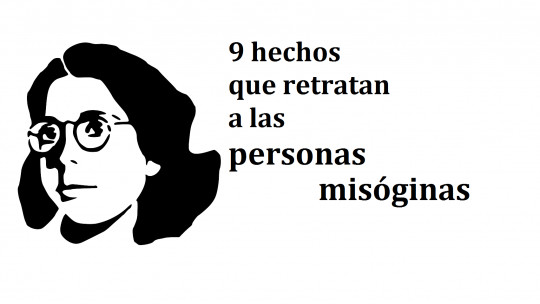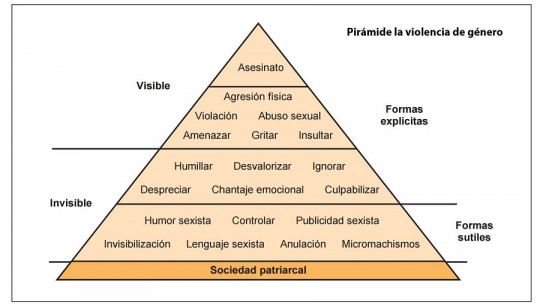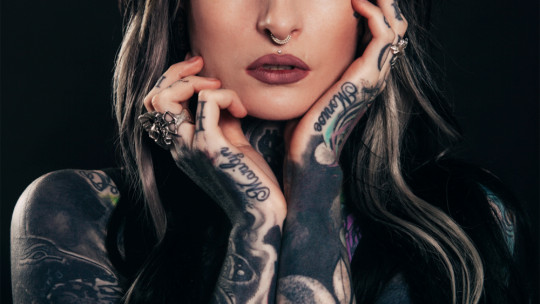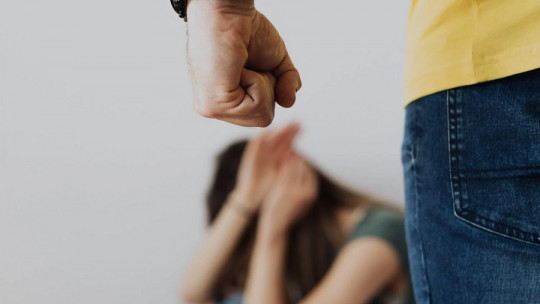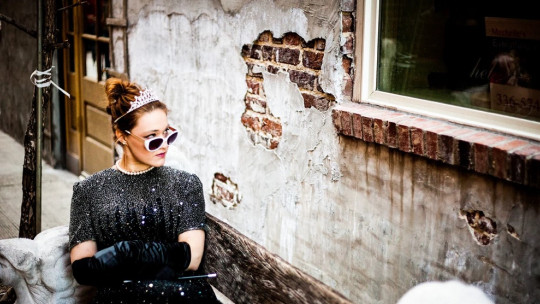
There are many ways in which violence is applied to women, one of them being the imperative to achieve unattainable standards of beauty.
Women, although men too but to a much lesser extent, are pressured to modify their appearance in order to achieve a beauty that is still arbitrary, the product of silent social consensus.
Aesthetic violence translates into excessive pressure for people, especially women, to fit in with the imposed beauty canon, even if that means putting your physical and mental health at risk. Let’s look at this concept in greater depth.
What is aesthetic violence?
Aesthetic violence can be understood as social pressure to comply with a certain aesthetic prototype at all costs, even when achieving it poses some risk to the person’s mental and physical health This violence is especially exercised towards women, who are the ones most pressured to undergo invasive aesthetic modifications to achieve standards of beauty that, in most cases, are impossible.
This is a new concept, but it has been applied historically. There has not been a time in history in which aesthetic violence has not been exercised in one form or another. There have been many imaginaries of beauty in Western history, represented in the Greco-Roman Venuses, the medieval Madonnas, the Renaissance Venuses, the voluptuous women of the Baroque… Different models but, in most cases, their background was the idea of that feminine beauty was being young, white and thin.
Doctor in sociology Esther Pineda speaks precisely about this relatively recent concept in her book “Beautiful to die: gender stereotypes and aesthetic violence against women.” In it she describes how The canons of beauty have exerted violence that, although silent and apparently harmless, has marked the body and mind of women throughout the history of Western culture.
Being such a new concept, aesthetics is not as recognized as other forms of violence and does not have much social visibility. But despite their ignorance, the truth is that girls and women, already at an early age, are exposed to a certain ideal of beauty and are made to believe that they must achieve it to succeed in life. The physical appearance of the female gender has become a fundamental pillar to achieve if one wants to be successful in life.
Taking care of your appearance is an obligation to demonstrate how feminine and valid you are. This means that women who do not fit certain beauty stereotypes imposed by society They will be questioned and their worth questioned In fact, they can be removed from certain social settings for not meeting certain aesthetic expectations, a very clear example of which is overweight women.
Discrimination of the beauty canon
Esther Pineda maintains that aesthetic violence is based on four main forms of discrimination: sexism, racism, gerontophobia and fatphobia.
The beauty canon is sexist because it is required almost exclusively of women and is considered an inherent and defining condition of her femininity. While in women beauty increases their femininity, in the case of men it is perceived as decreasing their masculinity. There is not such an intense demand for beauty on men and, depending on what circles, a man taking care of himself is frowned upon and taken as a sign of weakness (for example, metrosexuality, shaving, using creams…)
Beauty stereotypes are gerontophobic because there is an absolute rejection of the idea of old age Women with almost neonatal features, absence of defects associated with old age such as wrinkles or spots on the skin, are preferred. Youth is overrated. The female beauty canon has made women obsessed with staying young. Youth is an essential condition to be considered beautiful.
The beauty canon is racist because, at least in the Western case, it has been established based on whiteness Light-skinned black, Asian, Arab, indigenous and, ultimately, non-Caucasian women have been made invisible in the beauty canon. Skin, hair and other features that were not properly “white” have been the subject of mockery, discrimination, exclusion and violence.
And also He is fatphobic because the beauty canon systematically and explicitly rejects large bodies Leaving aside the debate of the medical problems that obesity entails, relating it to beauty it is a fact that people with large body sizes have faced stigma, discrimination and contempt from society.
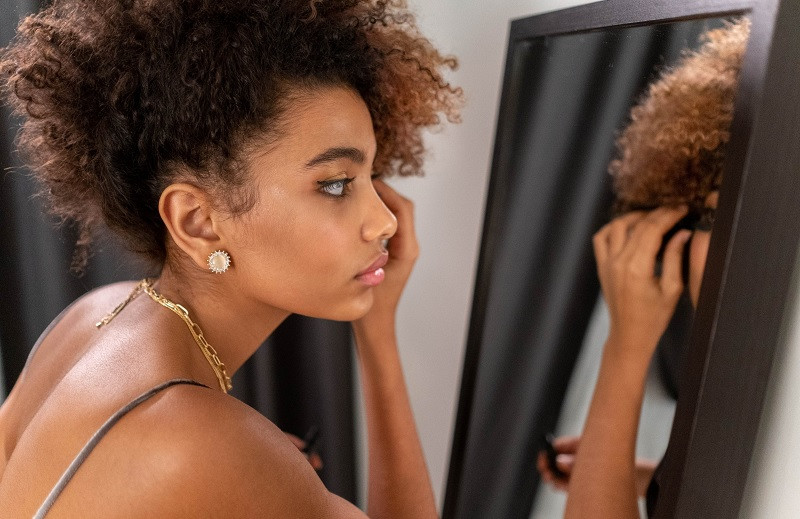
Nowadays there are two canons of beauty On the one hand we find the voluptuous and eroticized pin-ups and on the other we have the extremely thin models. Both canons are disseminated through all types of media, such as cinema, television, advertising, magazines, social networks and pornography. Even cartoons and video games bombard boys and girls with what prototypically perfect women are like.
Due to the scope of the content where the canons of feminine beauty are bombarded, failure to conform to them is socially perceived as an enabler of violence, discrimination, rejection, contempt and indifference of women who, simply, are not “perfect.” ”. Furthermore, aesthetic violence is exercised in such a way that women are pressured to avoid falling into ugliness, understood as being fat, having a dark skin tone, and showing signs of old age.
But aesthetic violence does not only affect women who do not comply with beauty standards, but also with those who have been pushed to undergo operations and aesthetic interventions Also with those who suffer from disorders associated with such canons, such as anorexia, the result of wanting to achieve extreme thinness and fear of gaining weight promoted by the media. Aesthetic violence causes women to be even more sexualized, objectified and discarded as thinking beings. They are a pretty container, not a person with their intelligence, thoughts and emotions.
Beauty endangers our health
Naturally, wanting to look good is not something exclusive to women. Everyone wants to look good and, to a lesser or greater extent, men are also under aesthetic pressure In the same way that in Western societies there are beauty standards for women, there are also standards for men, this prototype of the ideal man being a muscular man, neither extremely thin nor obese.
However, the aesthetic pressure to which women have been subjected throughout Western history is much greater than that of men. Furthermore, the reason why we talk about aesthetic violence towards women and not so much towards men is that they have been forced to put their lives at risk to look beautiful. What must be understood in the end is that the concept of “looking good” is learned that there is no canon of natural beauty but rather a series of social agreements to define who is beautiful and who is not, agreements that can go against human nature.
We have an example of this in female hair removal. Although progress has been made in this regard, today there are still many people who perceive unshaven women as “sluts.” If you are a woman, having hair on your body and, especially, your armpits, is perceived as a lack of hygiene. This perception is radically different in the case of men with body hair, seen as normal and their hygiene never questioned.
Is the imposition of shaving as a woman an example of aesthetic violence? Yes it is. It is asking women to do something that, in biological terms, goes against their nature. Body hair is there naturally and shaving it seems to pose more health risks than benefits, including getting wounds and infections.
How is the perfect woman?
The canon of female beauty in Western societies imposes the following image of what an attractive, beautiful, perfect woman is. She should be slim, but shapely. Her skin should be soft, smooth and white. She must be tall enough for her to look good in clothes, but be proportionate in her size so as not to intimidate men and she must never, ever be taller than her man’s partner. Of course, she must be completely shaved.
The proportion of the nose, mouth, eyes… the shape of the hips, the butt, how the hair should be… There are many imperatives that Western societies have considered appropriate to establish as indicators that a woman is beautiful We could go on with an immense list outlining what a perfect woman is. But perfection does not exist, it is just an illusion resulting from conventions.
We could continue describing and we would never really finish specifying what it means to be a perfect woman in our society. There are women who, apparently, achieve it as soon as they are born, who have been extremely lucky to inherit the golden genes that catapult them towards aesthetic perfection but which will not be perpetual. For others who are not so fortunate, it will take them a lifetime to get closer to that canon of beauty that has been shoehorned into their heads and that they feel they do not meet, and that therefore they are not valid.
Aesthetic violence is an attack against the diversity of bodies and the right to treat each other well. Beauty standards and the media’s bombardment of them make us feel bad for not being like them. People are diverse in body and mind, trying to standardize this reality is going against human nature. Body diversity must be normalized, understanding that each body is different and that, as long as we stay healthy, we must accept what nature has given us.
aesthetic violence tries to harm us just for the mere fact of being the way we are We must understand that the canon of beauty is so artificial and unattainable for any mortal that no matter how much we have surgery, make-up or hair removal, we will never fully live up to it, which is absurdly difficult to achieve. And if we consider that we are up to the task, this aesthetic violence makes sure to pressure us to fear that we will “go to waste”, making us have a pathological fear of gaining weight, gaining wrinkles and gray hair. It makes us afraid to continue living.
Be like you wanna be
If we use aesthetics for pleasure, putting on makeup, shaving, or having surgery because we want to, it is totally legitimate. No matter how invasive the practice may be to be more handsome, if we have voluntarily decided to undergo it, it is fine Everyone can do what they want with their body. Be how you want to be, you are free of it and no one should tell you otherwise.
But let it be real freedom. If we worry a lot about how we appear because we feel that if we do not comply with a canon of beauty we are less valid or people will love us less, our decisions about our aesthetic appearance are not the result of freedom, but of a slavery to those canons. of beauty. If we go to the surgeon because he disgusts us with the way we are, there is a problem that the scalpel will never solve.

